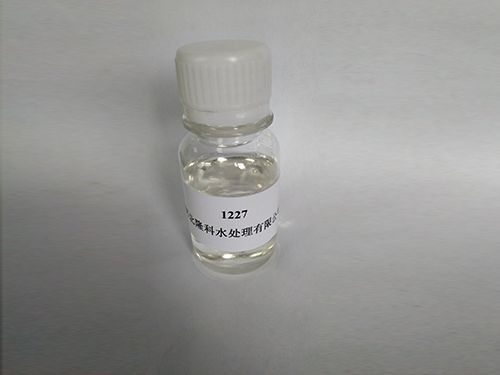diethylene triamine penta
Diethylene Triamine Pentaacetic Acid An Overview
Diethylene Triamine Pentaacetic Acid (DTPA) is a chelating agent widely used in various industries, including pharmaceuticals, agriculture, and environmental chemistry. Its unique structure allows it to effectively bind metal ions, making it an invaluable tool for both industrial processes and research applications. This article will discuss the chemical properties of DTPA, its applications, and the implications of using this compound in different sectors.
Chemical Structure and Properties
DTPA is a derivative of diethylene triamine (DETA) and is often referred to as a polyaminocarboxylic acid. Its molecular formula is C14H23N3O10, and it can form stable complexes with various metal ions, including calcium, magnesium, and heavy metals such as lead, mercury, and cadmium. The chelating ability of DTPA arises from its five carboxylic acid groups that can coordinate with metal ions, effectively capturing them and preventing them from participating in unwanted reactions.
DTPA is typically available in its free acid form or as a trisodium salt, which enhances its solubility in water and facilitates its use in a variety of applications. The chelation process is generally pH-dependent and can vary based on the specific metal ions involved, making it essential to optimize conditions based on the particular application.
Applications in Various Industries
1. Pharmaceuticals In the pharmaceutical industry, DTPA is employed for its chelating properties to improve the bioavailability of certain drugs. It is particularly useful in treating heavy metal poisoning, where it can help mobilize and eliminate toxic metals from the body. DTPA is also used in diagnostic imaging as a radiopharmaceutical agent, allowing for better visualization in medical scans.
2. Agriculture In agricultural practices, DTPA plays a crucial role in enhancing nutrient availability to plants. It is commonly used in fertilizers to chelate essential micronutrients, such as iron, zinc, and manganese. By improving the solubility of these nutrients, DTPA ensures that plants can more efficiently uptake them, leading to better growth and increased crop yields. Moreover, its application helps prevent the toxic effects of metals in soils, thereby promoting a healthier growth environment.
diethylene triamine penta

3. Environmental Remediation DTPA has found significant use in environmental chemistry, particularly in the remediation of contaminated soils and water sources. Due to its ability to bind heavy metals, it can be utilized in washing contaminated sites to extract harmful substances from soil or water, effectively reducing toxicity levels. Furthermore, it is often used in the treatment of wastewater to remove metal contaminants before discharge, aiding in pollution control.
4. Industrial Applications In industrial settings, DTPA is used in various processes that require metal ion control. This includes applications in pulp and paper production, textiles, and metal plating, where metal ions need to be managed to maintain product quality and prevent unwanted reactions. In cooling water systems, DTPA is sometimes employed to remove scale deposits and prevent corrosion, which can extend the lifespan of equipment.
Environmental and Safety Considerations
While DTPA indeed has beneficial applications, it is essential to consider its environmental impact. The biodegradation of DTPA in environmental settings is relatively slow, and its accumulation can pose risks to aquatic ecosystems. Therefore, careful management of its use, along with exploring biodegradable alternatives, is crucial to mitigating potential environmental harm.
Moreover, while DTPA is generally considered safe for use in various applications, appropriate precautions should still be taken to minimize exposure. Proper handling and disposal methods are necessary to prevent environmental contamination and ensure safety in workplaces.
Conclusion
Diethylene Triamine Pentaacetic Acid (DTPA) is a versatile chelating agent with diverse applications across multiple industries. Its ability to bind metal ions makes it invaluable in pharmaceuticals, agriculture, environmental remediation, and industrial processes. However, with its benefits come responsibilities; careful considerations regarding its environmental impact and safety measures are essential to maximize its effectiveness while minimizing potential risks. Continued research into its use and alternatives will further enhance our understanding and application of DTPA in the future.
-
2-Phosphonobutane-1,2,4-Tricarboxylic Acid: Scale & CorrosionNewsAug.29,2025
-
Premium Isothiazolinones | Broad-Spectrum Biocidal SolutionsNewsAug.28,2025
-
LK-319 Special Scale And Corrosion Inhibitor For Steel Plants: Advanced Solutions for Industrial Water SystemsNewsAug.22,2025
-
Flocculant Water Treatment: Essential Chemical Solutions for Purification ProcessesNewsAug.22,2025
-
Isothiazolinones: Versatile Microbial Control Agents for Industrial and Consumer ApplicationsNewsAug.22,2025
-
Scale Inhibitor: Key Solutions for Water System Scale PreventionNewsAug.22,2025





